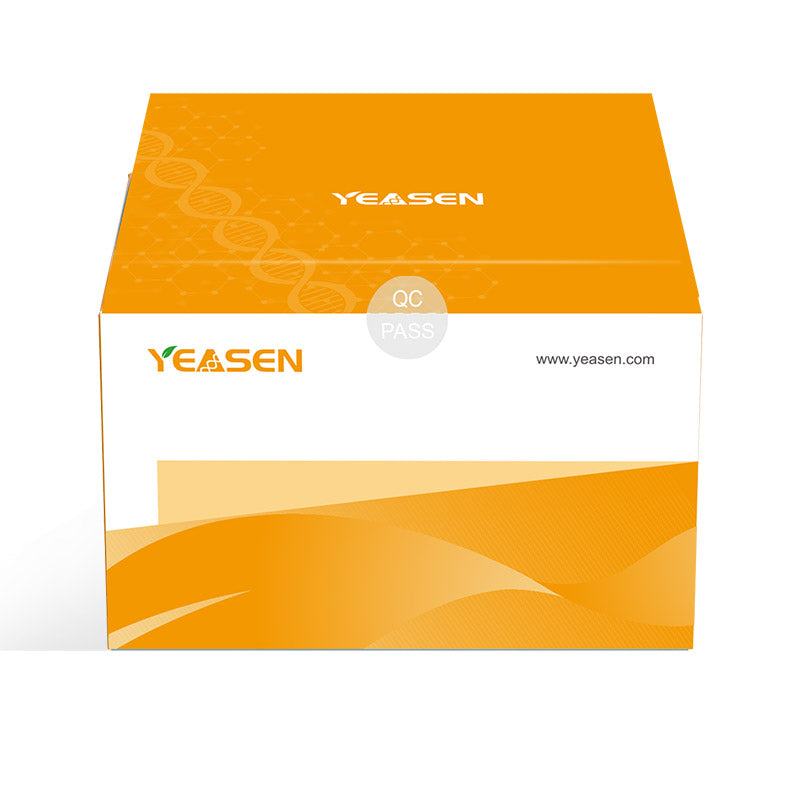Description
Caerulein is a gastric regulatory molecule similar in function and composition to cholecystokinin (CCK), which stimulates gastric, bile duct and pancreatic secretion. Cerulein can be used to study signal transduction pathways mediated by NF-κB up-regulated proteins such as intercellular adhesion molecule (ICAM-1), inflammation-related factors such as NADPH oxidase, and Janus kinase. It has been successfully used in the establishment of acute pancreatitis (AP) models in animals such as rats, mice, dogs, and Syrian hamsters [1-5]. The modeling mechanism is:
1) Up-regulation of pancreatic acinar by stimulating intracellular NF-κB Intracellular Intercellular Adhesion Molecule (ICAM-1) expression. Surface ICAM-1 in turn promotes neutrophil adhesion to acinar cells to enhance pancreatic inflammatory effects [6];
2) leads to acinar cell death and pancreatic edema by inducing dysregulated digestive enzyme secretion and cytoplasmic vacuolation, thereby inducing pancreatitis;
3) Activating inflammation-promoting factors [7].
Cerulein can be used to prevent gallbladder pain, renal colic, and intermittent claudication pain. It is generally considered to be an antagonist of endorphins. LPS can be used in conjunction with caerulein to establish a pancreatitis animal model.
This product is in the form of a decapeptide molecule, the polypeptide sequence is pGlu-Gln-Asp-Tyr(SO3H)-Thr-Gly-Trp-Met-Asp-Phe-NH2 (or Glp-Gln-Asp-Tyr(SO3H)-Thr-Gly-Trp-Met-Asp-Phe-NH2).
Specifications
|
Cat.No. |
60321ES03 / 60321ES08 / 60321ES10 |
|
Size |
1 mg / 5×1 mg / 10×1 mg |
|
English Synonym |
Caerulein Sulfated, Cerulein, Ceruletide, [Tyr(SO3H)4]Caerulein |
|
Sequence |
pGlu-Gln-Asp-Tyr(SO3H)-Thr-Gly-Trp-Met-Asp-Phe-NH2 |
|
CAS NO. |
17650-98-5 |
|
Purity |
≥97% |
|
Molecular Formular |
C58H73N13O21S2 |
|
Molecular Weight |
1352.4 g/mol |
|
Appearance |
Powder |
|
Solubility |
Easily soluble in DMSO, soluble in water (1 mg/mL), the product should be prepared and used immediately after dissolution, and should not be stored for a long time. |
|
Structure |
|
Storage
This product should be stored at -25~-15℃ for 2 years.
Instructions
First make up a stock solution with a concentration of 2 mg/mL in DMSO. Store the solution in aliquots at -80°C or -20°C to avoid repeated freezing and thawing. For in vivo experiments, it needs to be diluted with a buffer solution (such as PBS) to the required working solution concentration before injection into mice.
For detailed steps, please refer to the special topic: Animal model of acute pancreatitis induced by Caerulein.
Notes
1. The stability of the caerulein powder is best preserved. The solution reduces the shelf life, and it is recommended to use the storage solution within two months. The product is unstable in solution and is recommended to be prepared and used immediately.
2. LPS can be used in conjunction with caerulein to establish a pancreatitis animal model[4].
3. For your safety and health, please wear a lab coat and disposable gloves when handling.
4. Before dissolving the powder, briefly centrifuge to ensure the product is fully at the bottom of the tube.
5. Store in a light-protected, dry place, and avoid repeated freezing and thawing.
6. Do not inhale, ingest, or come into direct contact with skin and eyes.
7. This product is for research use only and is prohibited for use on humans.
Reference
[1] Sans MD, et al. Caerulein-induced acute pancreatitis inhibits protein synthesis through effects on eIF2B and eIF4F. Am J Physiol Gastrointest Liver Physiol. 285(3):G517-28 (2003).
[2] Gül M, et al. The Beneficial Effects of Pentoxifylline on Caerulein-Induced Acute Pancreatitis in Rats. Dig Dis Sci. 54(3):555-63 (2009).
[3] Sharif R, et al. Impact of toll-like receptor 4 on the severity of acute pancreatitis and pancreatitis-associated lung injury in mice. Gut. 58(6):813-9 (2009).
[4] Elder AS, et al. Evaluation Of Lung Injury In A Caerulein Rat Model Of Acute Pancreatitis Comlicated With Lipopolysaccharide. Pancreatology. 12(3):240-7 (2012).
[5] Ding SP, et al. A mouse model of severe acute pancreatitis induced with caerulein and lipopolysaccharide. World J Gastroenterol. 9(3):584-9 (2003).
[6] Zaninovic V, et al. Cerulein upregulates ICAM-1 in pancreatic acinar cells, which mediates neutrophil adhesion to these cells. Am J Physiol Gastrointest Liver Physiol. 279(4):G666-76 (2000).
[7] Kim H. Cerulein Pancreatitis: Oxidative Stress, Inflammation, and Apoptosis. Gut Liver. 2(2):74-80 (2008).
Payment & Security
Your payment information is processed securely. We do not store credit card details nor have access to your credit card information.
Inquiry
You may also like
FAQ
The product is for research purposes only and is not intended for therapeutic or diagnostic use in humans or animals. Products and content are protected by patents, trademarks, and copyrights owned by Yeasen Biotechnology. Trademark symbols indicate the country of origin, not necessarily registration in all regions.
Certain applications may require additional third-party intellectual property rights.
Yeasen is dedicated to ethical science, believing our research should address critical questions while ensuring safety and ethical standards.


